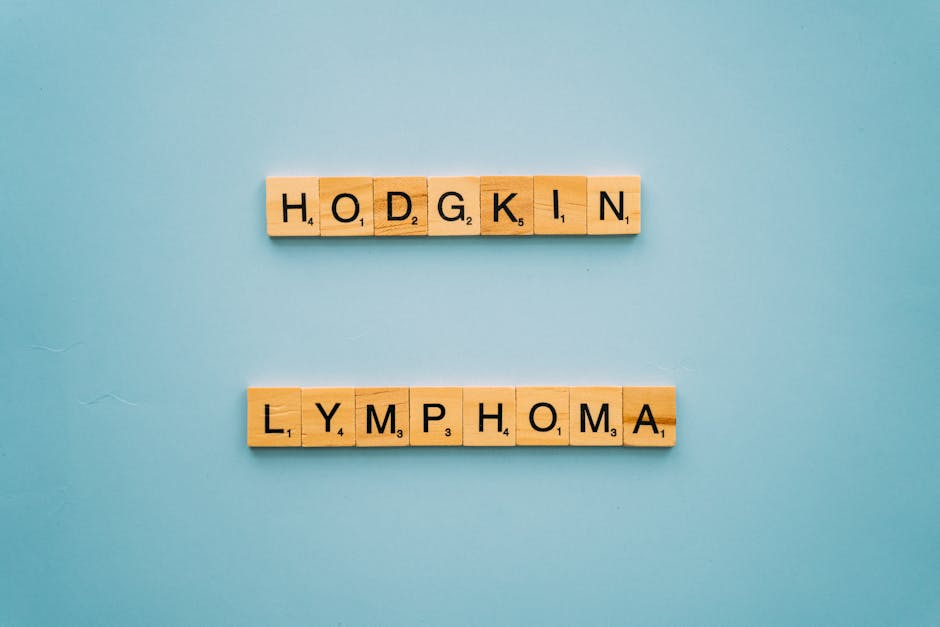Hodgkin Lymphoma (HL) is a malignant lymphoma characterised by the presence of Reed-Sternberg cells within an inflammatory background. It is an important and potentially curable haematological malignancy, especially in younger patients.
Epidemiology
- Bimodal age distribution: Peaks in young adults (15-35 years) and older adults (>55 years).
- Slight male predominance.
- Risk factors: Epstein-Barr Virus (EBV) infection, family history, immunosuppression (e.g., HIV, post-transplant patients).
Clinical Presentation
- Painless lymphadenopathy (most commonly cervical, supraclavicular, or mediastinal).
- B symptoms (fever >38°C, drenching night sweats, weight loss >10% in 6 months) indicate advanced disease.
- Pruritus and alcohol-induced lymph node pain are less common but characteristic.
- Splenomegaly, hepatomegaly, or organ involvement in advanced disease.
Diagnosis
- Lymph node biopsy (excisional preferred) showing Reed-Sternberg cells in a mixed inflammatory background.
- Immunohistochemistry: CD30+ and CD15+.
- Staging investigations:
- CT/PET scan – Determines extent of disease.
- Bone marrow biopsy – Not routinely required
- Blood tests: ESR, LDH, FBC (may show anaemia, leukocytosis, eosinophilia).
Staging (Ann Arbor Classification)
- Stage I: Single lymph node region.
- Stage II: Multiple lymph node regions on the same side of the diaphragm.
- Stage III: Lymph nodes on both sides of the diaphragm.
- Stage IV: Disseminated involvement (e.g., liver, bone marrow).
Management
- Early-stage disease (I-II): Further classified into favourable and unfavourable based on factors such as bulky disease, high ESR, extranodal involvement, and multiple nodal sites.
- Advanced-Stage disease (IIB-IV)
- Treatment options include chemotherapy and radiotherapy.
- ABVD or escalated BEACOPP: depending on stage and fitness of patient.
- Relapsed/refractory disease: Salvage chemotherapy, autologous stem cell transplant, and checkpoint inhibitors (e.g., pembrolizumab) for resistant cases.
Prognosis
- Highly curable, with >90% survival in early-stage disease.
- Poorer prognosis with B symptoms, bulky disease, and extranodal involvement.
Hodgkin Lymphoma is a curable malignancy with well-defined treatment strategies. Prompt diagnosis and staging are key to achieving excellent outcomes.
Want to learn more? Visit HaematologyForDoctors.com!
